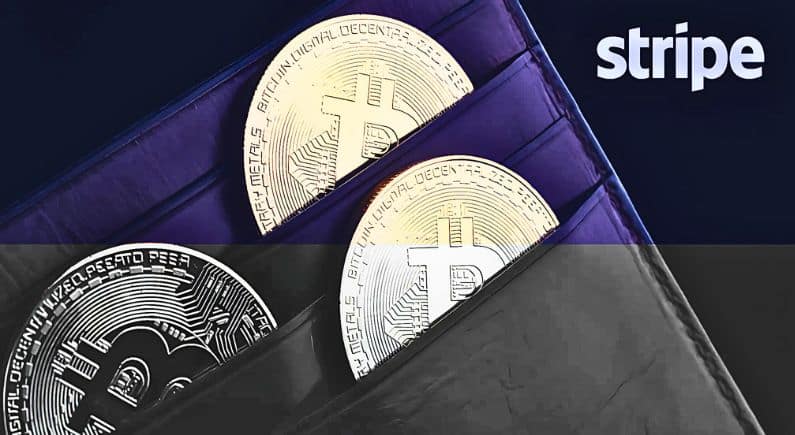Blockchain technology; Future risks and rewards

Day 2 of the AIBC Eurasia Summit played host to a multitude of fascinatingly insightful panel discussions, industry leading knowledge and innovative ideas. The panel that took the main stage early into the afternoon, “The Future of Blockchain technology: Trends and predictions” was by no means an exception.
The panel consisted of some leading industry professionals who all possess a wealth of experience and knowledge in not only how to extract the true potential from the blockchain but all the projected pitfalls and regulatory issues currently or imminently surrounding the industry. The panel was moderated by H.E Laila Rahhal El Atfani a positively inspirational Goodwill Ambassador and attended by, the exuberantly enthusiastic founder of Cryptolaw Partners Gordon Einstein, renowned crypto educator Davinci Jeremie, the CEO of Yalla Limited Dereck Hoogenkamp, and the CBO of Simba storage Jorge Sebastiao.
Once all the panel participants were seated and prepared, the first question was asked of Davinci Jeremie regarding the general future of the blockchain and the agenda that could be furthered by its progress. The answer came in the form of a reassessment of the true purpose and value of the blockchain.
The Future of blockchain technology
Jeremie described how he believes the blockchain is very simply a means of storing data in a block composed of a mathematical algorithm which is then linked to the next block in the chain. With the crux of his argument coming in the value of being unable to change any of the past data. The proof of work is what gives the blockchain its true value.
He then linked this observation with the importance of transferring monetary value into the blockchain.
You need to use it for money because money is corrupted by men every single time, when we try to come up with a system of money, men corrupt it
Explaining his reasoning, he spoke of how value was first found directly in physical scarcity, when gold was used as money, which was then debased. Being replaced by representative value from paper money, which was promised to be backed by the gold. This system was then destroyed by inflation and a disrespect for value produced through scarcity as always attempting to find value through alternative and more scalable means. Which brought us to the contemporary situation of Fiat currency which is backed by a plethora of assets holding value through the structure of the financial system itself. Jeremie warned of how this would end the same way as the previous systems.
He claimed that blockchain technology combined with the proof of work he mentioned before that cryptocurrencies could be a perfect system of money. This is because no individual man can change it and value itself is decentralised. So, he concluded that the future of the blockchain was quite clear, basically and comprehensively it is to be money.
Blockchain and emerging technology
Jorge Sebastiao added to Jeremie’s answer, claiming he believed the future of blockchain is good, but that blockchain must be better integrated than simply being used as money. He explained that with every new technology there is always a problem of maturity. The new tech always must evolve and for all the problems blockchain could solve such as bring decentralisation, authentication and removing the issue of double spending, it has conversely caused some problems. He stressed the best way to mitigate the issues arising is the continuous evolution of the technology, but that can only be achieve by making it more accessible and creating interface experiences that are simple and easy.
He then moved on to mention the Internet of things (IoT) and how blockchain must evolve towards interacting and developing with other technologies, that a seamless integration of blockchain into daily life through IoT and smart cities is the way blockchain is going to succeed and truly effect the world.
Dereck Hoogenkamp also gave his thoughts on this, urging the ethically sound usage of such intrinsic technologies. It must be used for good and for a true purpose, warning of all the companies using blockchain for the hype and the clout and not for innovative solutions.

Sebastiao was then questioned on what he believed would be an important trend in blockchain technology in the near future. He began his answer by likening the industry to that of the changing nature in fashion in the sense there is always a hot topic that is keenly discussed and progressed rapidly. “One year ago, it would have been NFTs, a year before DAOs, this year it is artificial intelligence”. He explained that blockchain must co-exist and co-operate with AI such as ChatGPT to remain relevant.
He re-capitulated on his earlier statement about simple and easy interfacing and how that is going to make the difference in technology being picked up and enduring. He stressed again the integration of blockchain with all emerging technologies to bring its much needed next big evolution.
Quantum computing

The conversation then shifted to crypto law and how that will affect the blockchain. A response came from Gordon Einstein who stated it would very exciting. Bringing his answer to the idea that “no phenomena happens by itself, every event, every advancement, every technology interacts with another”. He spoke of ChatGPT and acknowledged its importance but very quickly moved to a far more pressing concern he had.
That was of quantum mechanics and computing. Expressing its importance as overleaping in some ways the phenomenon of AI, despite not being as popular of a topic. Emphasising the threat to crypto assets that it poses, with the ability a quantum computer could have to break the encryption defending personal crypto assets. He did not bring forth a solution but stressed the importance of being mobile and the acceptance of the understanding that things can change in an instant.
He then opened up his own ideas with a question himself, asking his fellow panel members how they see block =chain and how it will intersect with other technologies. He was met by Davincie Jeremie who continued Einstein’s thought about quantum computing, stating with utter certainty that these quantum mechanics will break the blockchain encryption.
He conveyed a sense of confidence at this prospect however, claiming the design of these digital currencies will not lead to a loss of your coins should an encryption breach be suffered. He detailed the intended function of the blockchain currencies is that value in transferred from one crypto wallet to another of the same kind. Each wallet has a public key, which is revealed on the wallet that value is being transferred from. What occurs with an encryption break is that the key is reversed, and the old wallet can be accessed. However, this is not the case for the new wallet, where all the value has been migrated to. It creates a hash of the public key which is a compression that omits too much information to replicate the key.
So, if value is transferred correctly then your assets should be safe regardless of these such quantum breaches. Which led Jeremie to project a mass drop in the market due to the unfounded panic an encryption breach would cause and urged the audience to take their chance and buy into the bitcoin in this event.
DeFi and financing
The panel then moved to ask Dereck Hoogenkamp about how blockchain can affect the financing and funding or numerous projects. His answer focused on the DeFi platform and the ability to verify and trace financial assets. He gave the example of charitable donations to an organisation that is restoring temples and how the benefits of using such software on the blockchain are multifaceted.
Firstly, you can track your direct donation, who gets their hand son it and how the value is being transferred fairly and directly into the project. Next, he expressed how interacting with such technologies in the metaverse would bring further interaction and interest to project itself. Finally, he pondered the possibilities of allowing such entities or individuals such as the Thai monks to be able to control value somewhere in the process despite not being forbidden by their beliefs to handle money in a physical capacity.
Legislation and web3 technology
The session was then concluded by Gordon Einstein, who was asked about the legislation related to web3 in the UAE and how effective he believes it is.
My personal passion is the melding of technology, blockchain, and law, right now there is a very uncomfortable relationship between the two
He spoke of the impracticalities of the idea that code is regulated not through actual events and effects but through intention. He explained that he would like to see a more modular and reliable approach to code, so that what is intended from the code is basically guaranteed. This in his mind, would remove the need for traditional law courts in this situation, “because the code that we write is actually deemed to be the law and beyond further question,” and “Once we get to that phase were going to get to see what I want to see which is the revolution in legal and commercial affairs”.
He also detailed how his true passion for this singular nature of coding and technology.
You don’t need a face or a name to go with your contribution, your identity is what you say and what you do not so much who you are and where you’re from. So, the metaverse space allows you to step beyond ethnic and gender identity






